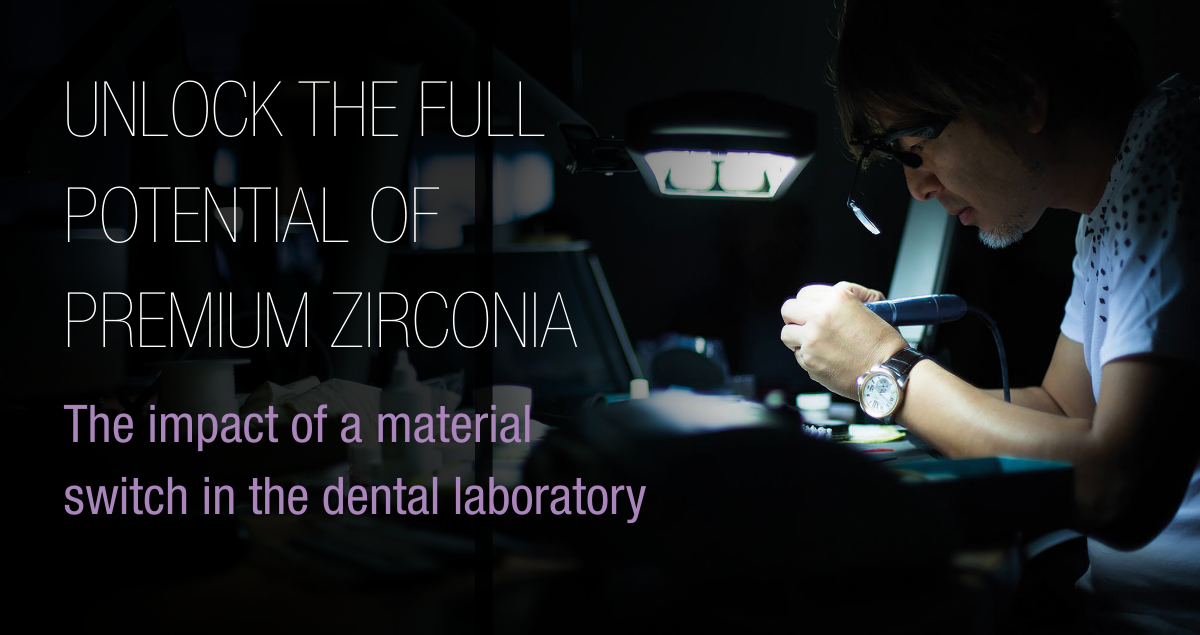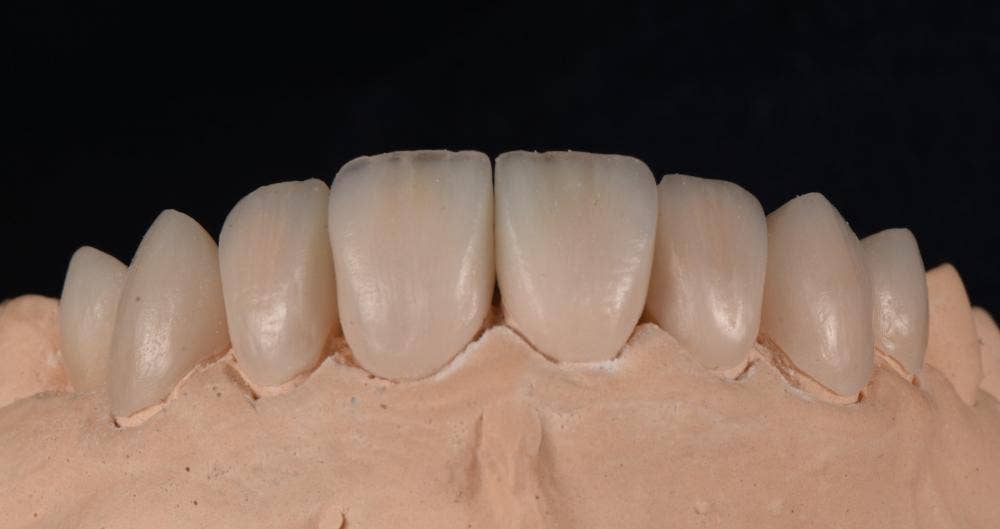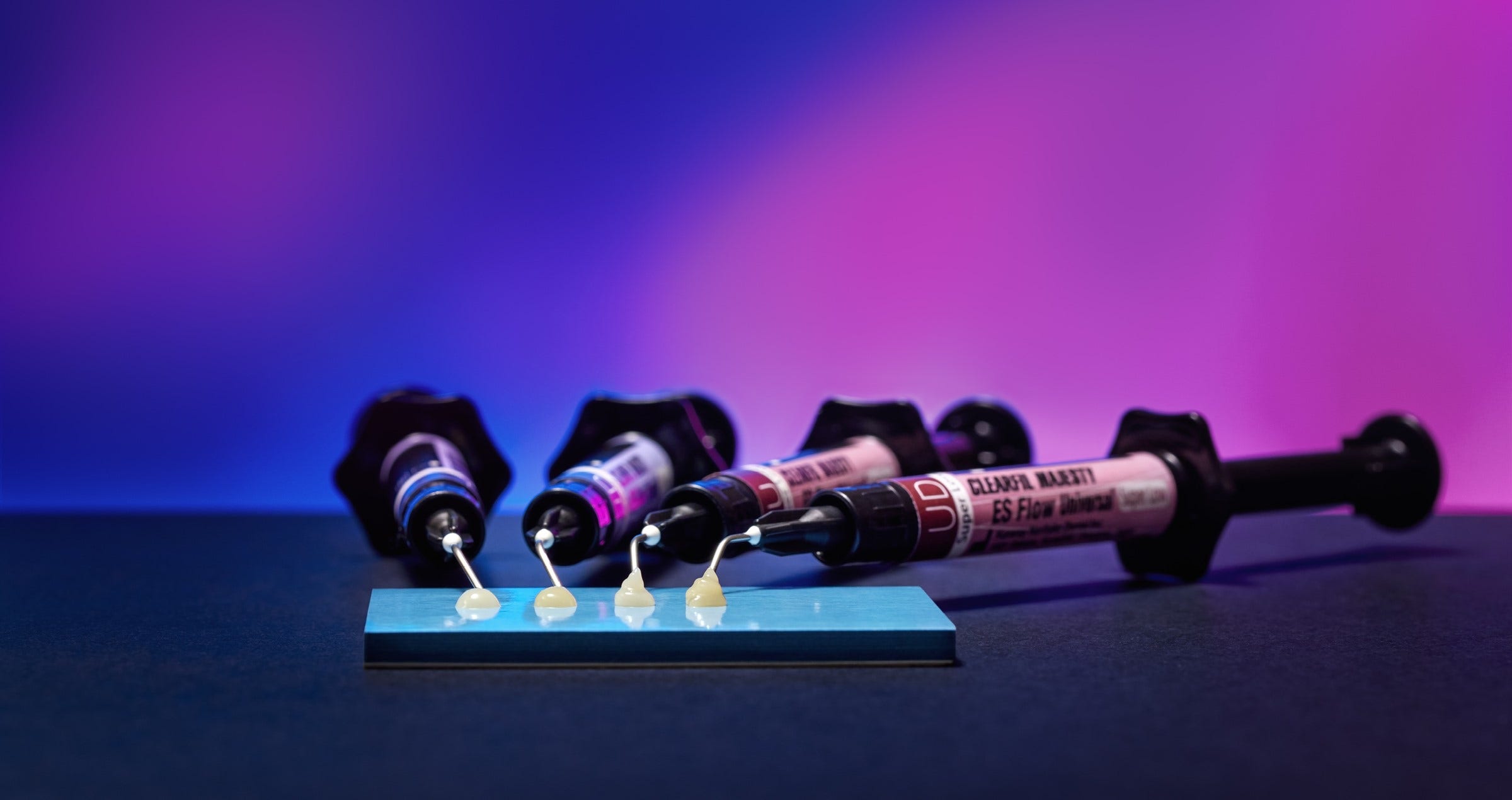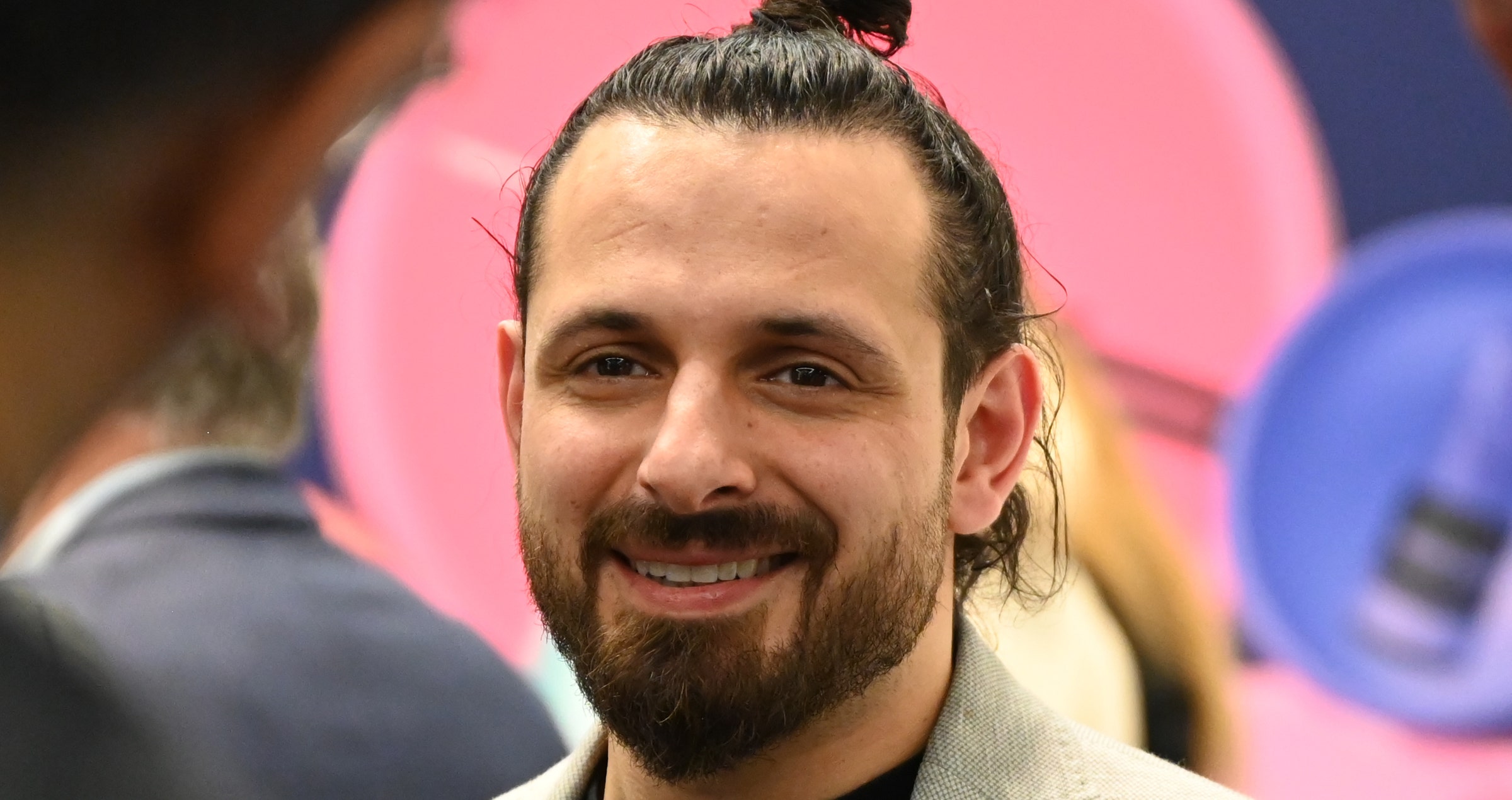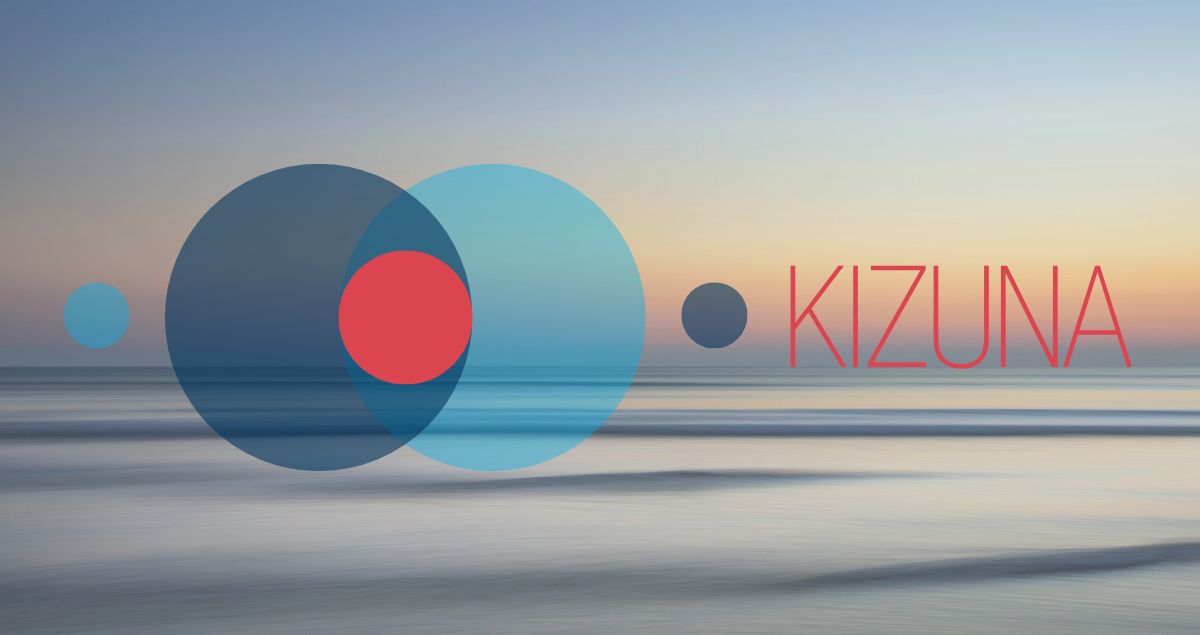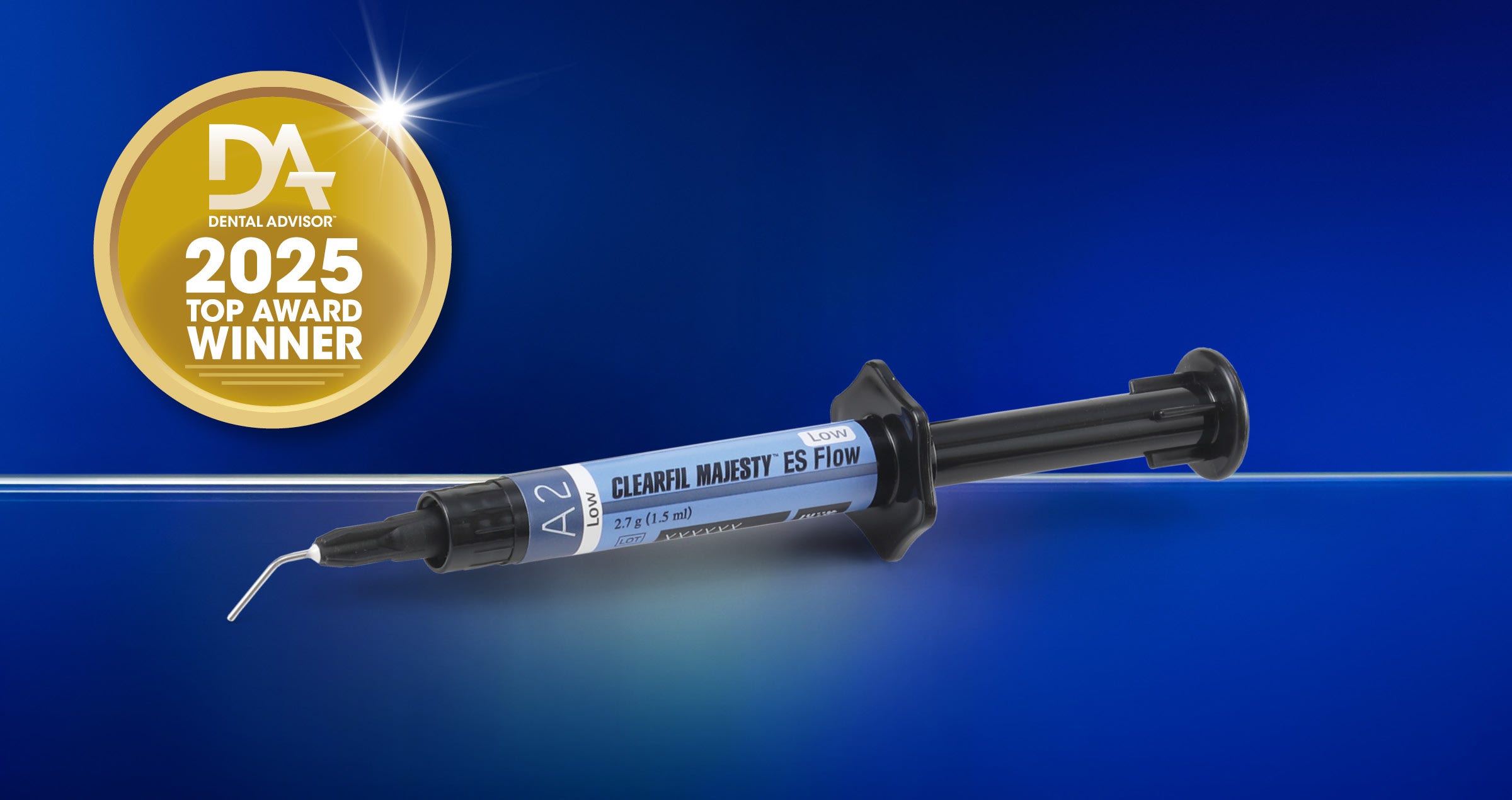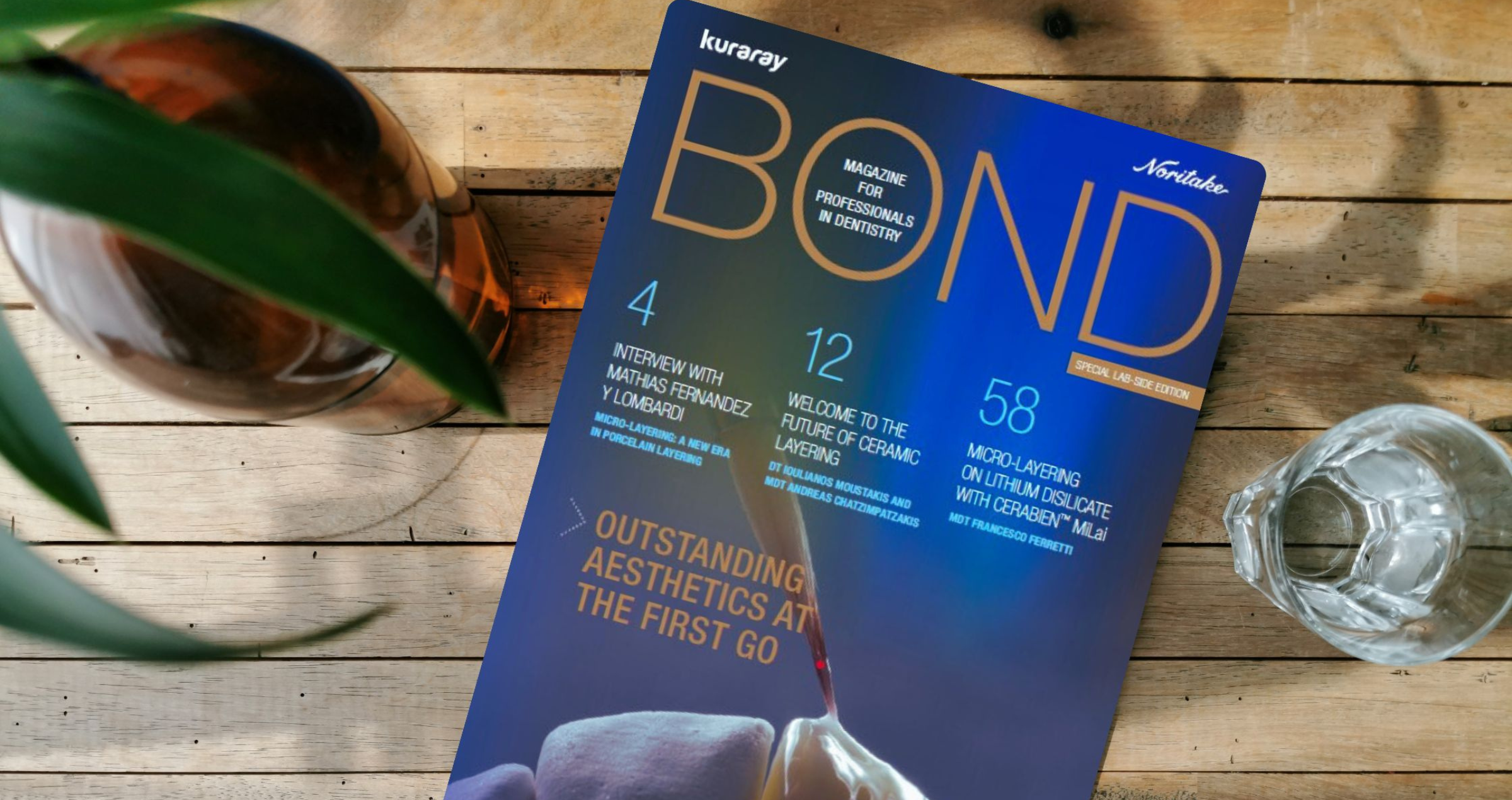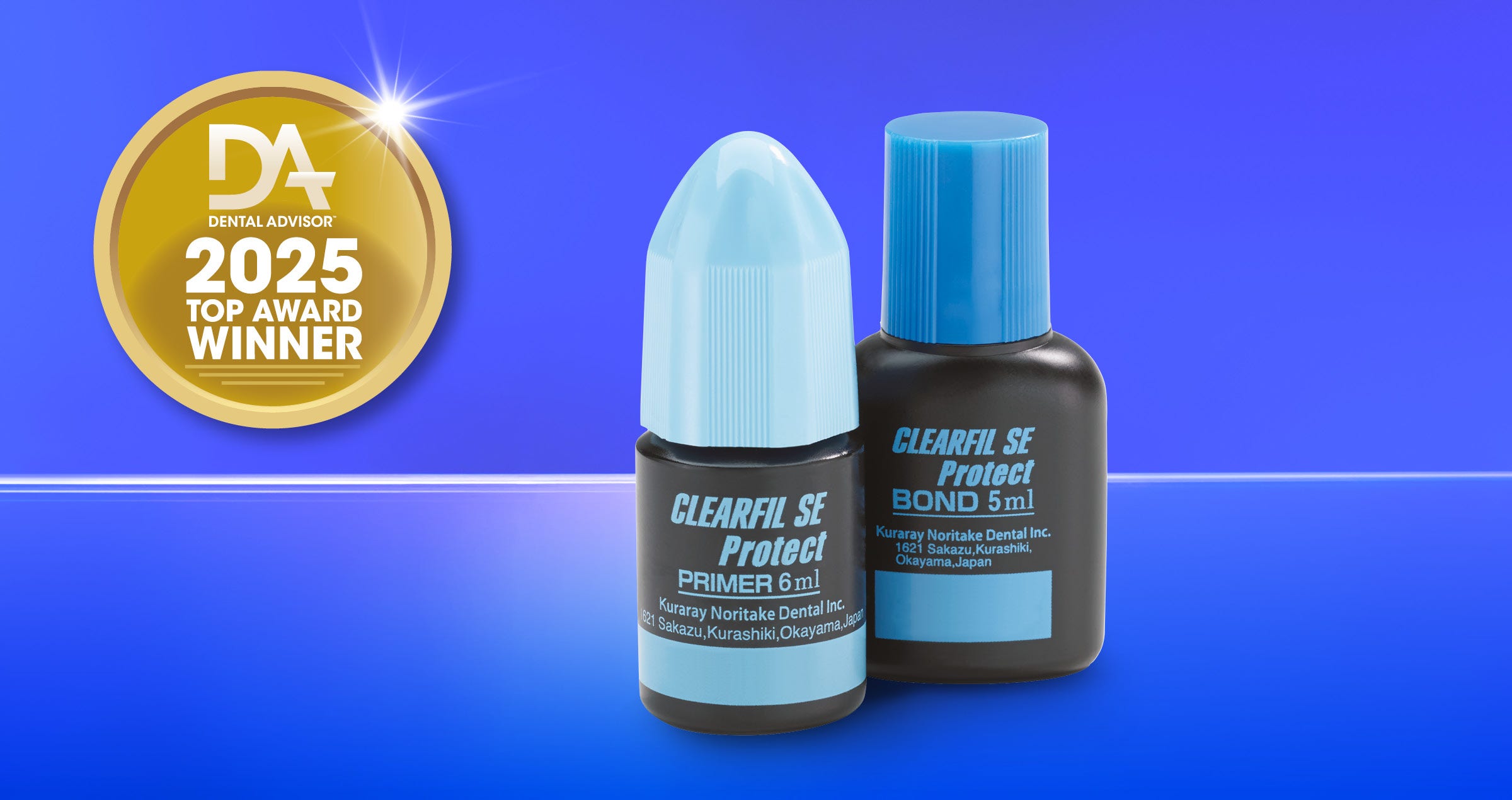Universal shade concept meets flowable restorative
Interview with Takehiro Kameya
Manager of the Technology Division of Kuraray Noritake Dental Inc.
How did you identify the need for a universal flowable restorative?
Packable composites with a universal shade concept are becoming increasingly popular worldwide. This fact made us assume that there is a demand for the flowable type as well. Users will also benefit from simplified procedures and a reduced number of shades to be stocked, with a positive impact on inventory management. Accordingly, we introduced the universal flowable composite in Japan, where it already holds a significant market share. Users have been utilizing it for various cases with excellent feedback. As it turned out to be very well received in Japan, we approached the European team to extend the release area to Europe, and the decision was made to launch it. We pushed forward with commercialization in an ultra-short period of about one year.
Does it really create added value to use a universal flowable composite in addition to the universal packable variant?
Yes, several benefits arise from the additional use of a modern flowable composite. This is because – unlike earlier products – the latest generation of flowable composites offers sufficient mechanical strength to be used for regular restorations. The advantages of using a flowable composite include the ability to flow into even the narrowest parts of a (sometimes complex) cavity, which provides for easy and quick filling procedures, and to an intimate adaptation at the adhesive interface leading to a tight seal.
What are the differences between CLEARFIL MAJESTY™ ES Flow and CLEARFIL MAJESTY™ ES Flow Universal?
CLEARFIL MAJESTY™ ES Flow Universal maintains the distinctive features of CLEARFIL MAJESTY™ ES Flow, such as convenient dispensing, handling and sculpting, extremely easy and quick polishing, long-lasting gloss and great mechanical properties. Due to their high strength, both products can be used not only as liners, but also for regular direct restoration procedures. The difference lies in the shade concept. CLEARFIL MAJESTY™ ES Flow Universal introduces a universal shade system, allowing it to adapt to a wide range of colour tones with fewer shade variations.
Please describe the shade concept behind CLEARFIL MAJESTY™ ES Flow Universal. How many shades are available and how are they selected?
The CLEARFIL MAJESTY™ ES Flow Universal line-up consists of two shades: Universal (U) and Universal Dark (UD). U is an excellent choice for all posterior restorations, independent of the target shade. In the anterior region and cervical area (Class III, IV and V cavities), U is best suited for restoring teeth of the shades A1 to A3 (including B1, B2, C1, C2, D2, D2, D3 and D4), while UD is the shade of choice to match the target shades A3.5 to A4 (including B3, B4, C3 and C4).
Color matching with anterior and posterior restorations.
Why do you offer an additional shade for the anterior region?
Universal-shade composites need to take on the colour of the surrounding tooth structure to deliver a perfect match for a great number of target shades. In the posterior area, large amounts of surrounding tooth structure are usually available with several cavity walls still present. This facilitates the taking on of the tooth colour compared to cavities in the anterior region. Here, light easily passes through, so that the colour of the composite itself is more likely to be reflected. This can lead to limitations in colour matching. In the case of CLEARFIL MAJESTY™ ES Flow Universal, the U shade that turned to be ideal for the posterior area showed some colour-matching limitations in anterior restorations of darker teeth. Hence, we decided to offer a second colour option specifically designed for these situations. With U and UD, CLEARFIL MAJESTY™ ES Flow Universal offers great colour adaptability from light to dark shades and hence addresses the need for precise colour matching especially in the anterior region.
Developing just two shades of composite to cover so many target tooth shades sounds challenging. How did you evaluate whether the available shades are appropriate in the clinical environment?
Indeed, it has been quite challenging to develop the U shade, which is able to match a wider range of tooth colours for both anterior and posterior teeth than the U shade of CLEARFIL MAJESTY™ ES-2 Universal. In order to evaluate and fine-tune the shades we developed, we repeatedly conducted filling tests using a wide range of experimental shades in artificial teeth and extracted teeth of various tooth colours. Additionally, the final selection of shades was visually evaluated by consulting dental practitioners who used the composite in the clinical setting.
What are the greatest challenges in the context of determining and selecting the right shade in the clinical environment?
The major drawback of classical shade determination is that it simply increases the chair time. For both, the dental practitioner and the patient, however, minimizing chair time is the ultimate goal, as it reduces costs and increases patient comfort. A true drawback in terms of time and comfort is a colour mismatch produced due to an error during shade determination: it may necessitate intra-oral adjustments or, in the worst case, the creating of a new restoration.
CLEARFIL MAJESTY™ ES Flow Universal is available in two viscosities – Low and Super Low. Why is this the case and what is the difference in use?
We decided to offer two types of flowability with different thixotropic properties to cater to users’ preferences in terms of handling. Basically, there is no difference in usage between Low and Super Low. However, users are encouraged to use composites with different thixotropic properties according to their preferences and the specific case. For example, Super Low is useful for shaping the occlusal surface of posterior teeth. Low can be widely used for applications such as lining and filling in the cervical area and on proximal surfaces.
CLEARFIL MAJESTY™ ES Flow Universal – Great mechanical properties.
What are the technologies behind CLEARFIL MAJESTY™ ES Flow Universal that provide for a great blend-in?
The probably most popular technology used in this product is our proprietary Light Diffusion Technology. We determined the optimal light diffusion based on the observation that a strong diffuse reflection of incident light results in whitening, and weak light diffusion makes it easier to take on dark colours in the oral cavity, darkening the filling site. In addition, we focused on chroma adjustment: The universal shade concept is based on the ability to take on the colour of the surrounding tooth structure and blend with it. Therefore, we have set the chroma to be easily harmonized with a wide range of tooth shades. Finally, the translucency of the material was adjusted via its submicron fillers and silica clusters. Evaluation by key opinion leaders supported us in determining an appropriate level of translucency.
How to proceed in cases with discoloured tooth structure underneath – is there a need for masking with a blocker or opaquer?
The necessity depends on the degree of discolouration. Due to the light diffusion properties of CLEARFIL MAJESTY™ ES Flow Universal, it is generally believed that blocking is not required, and shading can be achieved. However, in cases of severe discolouration, it may be beneficial to fill the bottom of the cavity with A2D or A3D shades of CLEARFIL MAJESTY™ ES Flow, or to use CLEARFIL™ ST Opaquer.
What did you do to avoid void formation during application?
We have adopted the same packaging design used in CLEARFIL MAJESTY™ ES Flow to avoid void formation in this product as well. The innovative container design minimizes the gap between the needle tip and the syringe when the tip is attached.
Are there any recommendations of when to use CLEARFIL MAJESTY™ ES Flow and when to opt for CLEARFIL MAJESTY™ ES Flow Universal?
While the universal variant can be used for general lining and filling applications as described in the instruction for use, CLEARFIL MAJESTY™ ES Flow is recommended for those cases in which the tooth structure is covered and the colour of the entire tooth needs to be changed. Direct veneers are a perfect example. In those situations, the use of different shades and opacities is clearly beneficial.
What is the future of flowable composites?
As information on clinical performance and physical properties data continues to spread, the trust in flowable composites is expected to increase in Europe, leading to its expanded usage. Furthermore, an increased demand is anticipated due to the development of filling methods using flowable composites in conjunction with moulds or matrices.
TAKEHIRO KAMEYA


